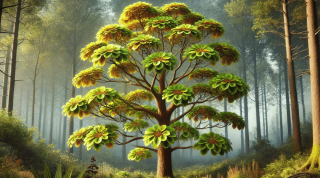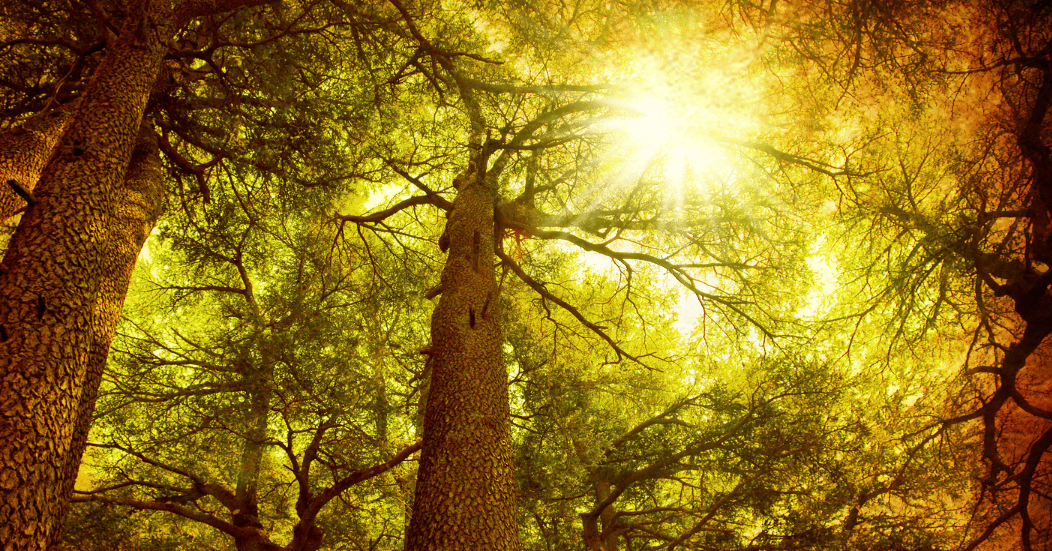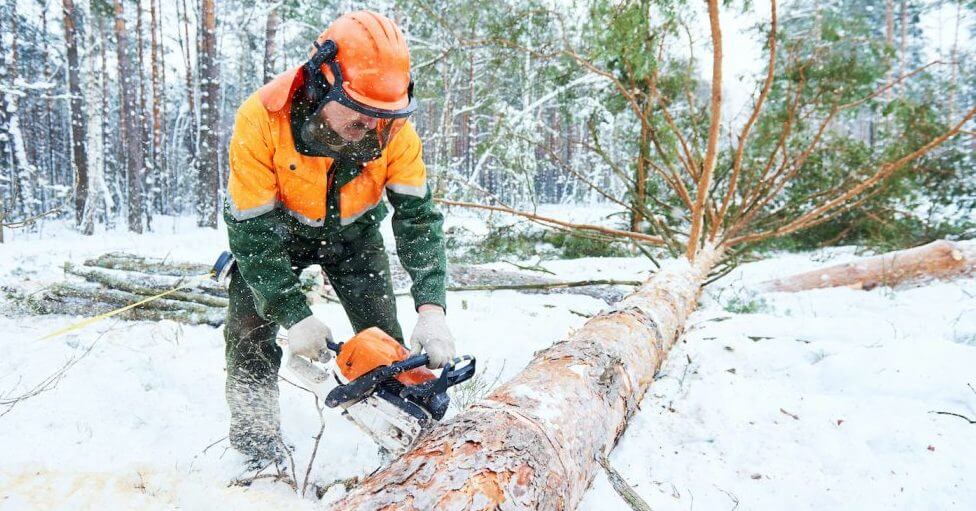Sassafras trees are easy to recognize. They have distinct leaves, unique bark, and a pleasant aroma. If you’ve ever walked in the woods and smelled something sweet and spicy, you might have found a sassafras tree.
In this guide, we’ll cover how to identify sassafras trees, their uses, and the threats they face. If you need help caring for trees on your property, Strobert Tree Services offers expert pruning, removal, and healthcare.
Sassafras Tree Characteristics
Sassafras trees (Sassafras albidum) are native to North America. They grow in fields, forests, and along roadsides. These trees prefer well-drained soil and full sunlight but can also grow in partial shade.
A fully grown sassafras tree can reach 30 to 60 feet tall. In ideal conditions, some grow even taller. The tree has a pyramidal shape when young but spreads out as it matures. Its branches often grow in a horizontal pattern, giving the tree a unique look.
Sassafras trees are deciduous, meaning they lose their leaves in the fall. Their autumn colors are stunning, with shades of red, orange, and yellow.
Sassafras Tree Identification
There are a few key features that make sassafras easy to identify:
- Leaves
Sassafras leaves come in three different shapes on the same tree. This is unusual and makes them easy to spot. The three types of leaves are:
- Oval-shaped leaves (no lobes)
- Mitten-shaped leaves (one lobe)
- Three-lobed leaves (shaped like a ghost’s hand)
These leaves are bright green in spring and summer. In fall, they turn red, orange, and yellow before dropping.
If you crush a leaf, it gives off a spicy, root beer-like scent. This is one of the most recognizable traits of the sassafras tree.
2. Bark
- Sassafras bark changes as the tree grows.
- Young trees have smooth, green bark.
- Mature trees develop thick, brown bark with deep ridges.
If you scratch the bark, it gives off a pleasant, spicy smell similar to the leaves.
3. Twigs and Flowers
- Twigs are green when young and also smell sweet when broken.
- In early spring, the tree produces small yellow flowers before the leaves appear.
- Female trees grow dark blue berries on red stems in late summer. These berries attract birds.
Uses of Sassafras
Sassafras trees have been used for centuries. Native Americans and early settlers valued them for their medicinal properties.
Here are some of the common uses:
- Traditional Medicine
- Sassafras tea was once used to treat colds and fevers.
- The bark and roots were used as natural remedies for pain relief.
Note: The FDA has banned safrole (a compound in sassafras oil) from commercial food products due to health concerns.
2. Woodworking
- Sassafras wood is lightweight, durable, and rot-resistant.
- It is used for furniture, boats, and fence posts.
3. Culinary Uses
- The dried leaves are ground into filé powder, a key ingredient in gumbo.
- Sassafras root was once used to flavor root beer before synthetic alternatives replaced it.
4. Landscaping
- Sassafras trees make great shade trees in gardens and parks.
- Their bright fall colors add beauty to landscapes.
Potential Threats to Sassafras
Sassafras trees face several threats, including diseases, pests, and environmental stress.
Here are the most common dangers:
- Laurel Wilt Disease
- Caused by: A fungus spread by the redbay ambrosia beetle.
- Symptoms: Wilting, browning leaves, and tree death.
- Prevention: Remove and destroy infected trees to stop the spread.
2. Root Rot
- Caused by: Poor drainage and overly wet soil.
- Symptoms: Yellowing leaves, slow growth, and dying branches.
- Prevention: Plant trees in well-drained soil and avoid overwatering.
3. Insect Pests
- Japanese beetles feed on sassafras leaves, damaging the tree.
- Scale insects suck sap from the branches, weakening the tree.
4. Environmental Stress
- Sassafras trees are sensitive to drought and extreme temperatures.
- Young trees are more vulnerable and need regular watering during dry spells.
If your sassafras tree shows signs of disease or stress, Strobert Tree Services can help diagnose and treat the problem.
Caring for Sassafras Trees
To keep your sassafras tree healthy, follow these simple care tips:
- Pruning
- Remove dead or diseased branches to prevent infections.
- Shape young trees to encourage strong branch growth.
2. Watering
- Water young trees regularly, especially during hot, dry months.
- Mature trees usually need water only during extreme droughts.
3. Mulching
- Add a 2-3 inch layer of mulch around the base.
- Mulch helps keep the soil moist and cool.
4. Disease Prevention
- Keep the area around the tree clean by removing fallen leaves.
- Avoid wounding the trunk, as cuts can invite disease.
Need Help? Contact Strobert Tree Services
Sassafras trees are beautiful and unique, but they need proper care to stay healthy. If you need pruning, removal, or tree healthcare, our certified arborists are here to help.
Call Strobert Tree Services today to schedule a consultation!











